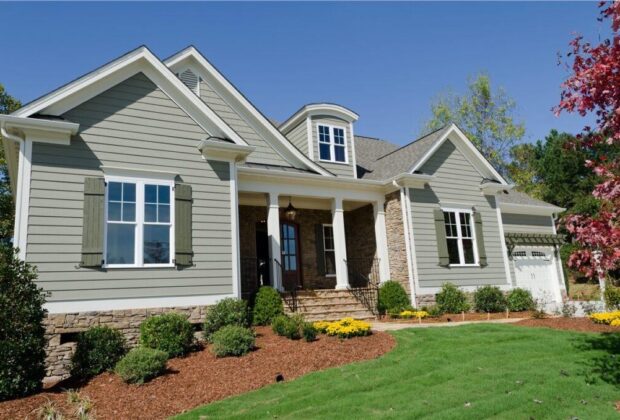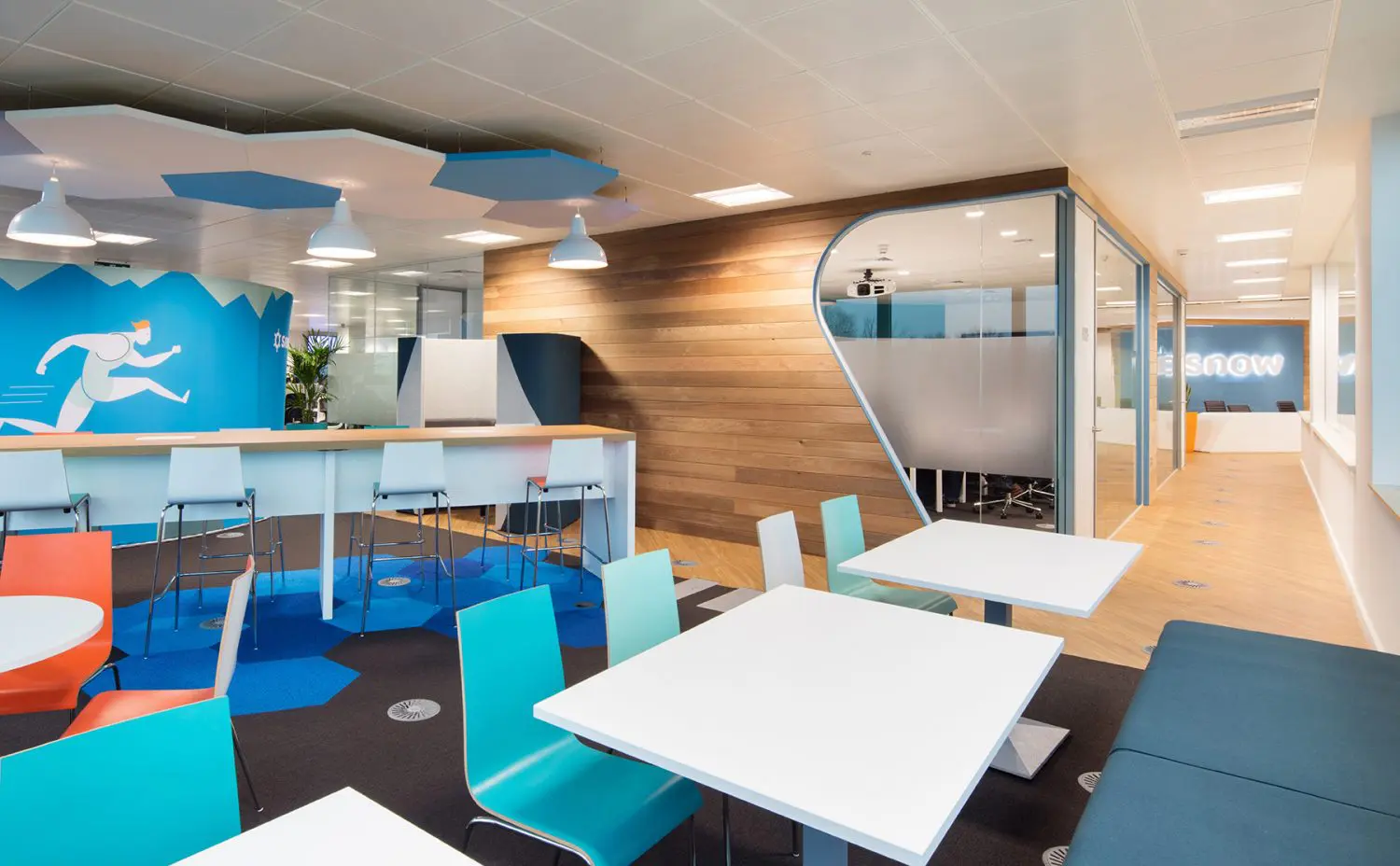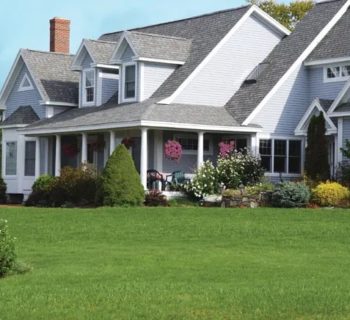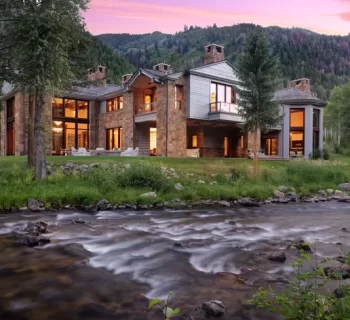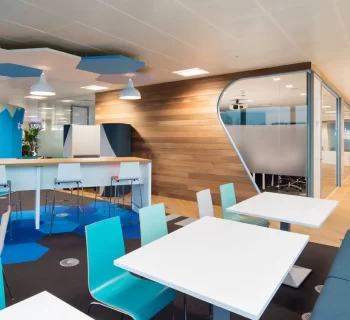When it comes to the overall appearance of your home, the roof plays a significant role. A new roof has the power to completely transform the look of your home, enhancing its curb appeal and giving it a fresh and updated appearance. Moreover, it can also improve energy efficiency, increase the value of your home, and provide opportunities for customization. In this blog post, we will explore the various ways in which a new roof can transform the look of your home and the important factors to consider when choosing the right roofing material and style.
Enhancing Curb Appeal
The roof is one of the most visible elements of a house, and a new roof can instantly enhance its curb appeal. Whether you're planning to sell your home or simply want to make a positive impression on your neighbors and visitors, investing in a new roof is a great way to achieve that. A well-maintained and aesthetically pleasing roof adds value and charm to your property.
Creating a Fresh and Updated Look
Outdated roofing materials, discoloration, and wear and tear can make your home appear worn and outdated. By installing a new roof, you can give your home a fresh and updated look. Choose from a variety of modern roofing materials, colors, and styles to complement the architectural style of your home and bring it into the present. Whether you opt for a classic shingle roof, an elegant slate roof, or a sleek metal roof, the new roof will make your home look more attractive and modern.
Improving Energy Efficiency
In addition to enhancing the aesthetics of your home, a new roof can also improve its energy efficiency. This is particularly important as it can help reduce your energy bills and contribute to a greener environment. Here are some ways in which a new roof can enhance energy efficiency:
1. Choosing Energy-Efficient Roofing Materials
One way to improve energy efficiency is by selecting roofing materials that are designed to minimize heat transfer. For example, reflective or cool roofing materials can reflect sunlight and reduce heat absorption, keeping your home cooler in the summer. These materials can help lower your cooling costs and reduce the strain on your air conditioning system.
2. Installing Proper Insulation
A well-insulated roof prevents heat loss during the winter and heat gain in the summer. Proper insulation can create a more comfortable living environment, reduce your heating and cooling expenses, and minimize energy waste.
3. Implementing Ventilation Systems
Proper ventilation is crucial for maintaining a balanced and healthy indoor climate. It allows the air to circulate, preventing moisture buildup, reducing the risk of mold and mildew, and improving overall air quality. Improved ventilation can also help regulate temperature, making your home more comfortable throughout the year.
4. Utilizing Solar Energy
Installing solar panels on your new roof can help harness the power of the sun and generate clean, renewable energy for your home. Solar energy can significantly reduce your dependence on traditional energy sources and lower your electricity bills.
5. Considering Cool Roofing Options
Cool roofing options, such as reflective roof coatings, can further enhance the energy efficiency of your home. These coatings can reflect sunlight and reduce heat absorption, keeping your home cooler and reducing the need for excessive cooling.
Increasing Home Value
A new roof not only improves the aesthetics and energy efficiency of your home but also increases its value. Potential homebuyers are more likely to be attracted to a property with a new roof, as it indicates that the home has been well-maintained and may require fewer repairs in the future. Additionally, a new roof adds an extra layer of protection to the structure, giving buyers peace of mind knowing that the home is in good condition.
Choosing the Right Roofing Material
When considering a new roof, it's important to select the right roofing material that suits your needs, preferences, and budget. Here are some factors to consider when choosing roofing materials:
1. Factors to Consider When Choosing Roofing Materials
Consider factors such as durability, longevity, maintenance requirements, weather resistance, and aesthetic appeal when selecting roofing materials. Each material has its own strengths and weaknesses, so it's important to find one that aligns with your priorities.
2. Popular Roofing Materials and Their Benefits
There is a wide range of roofing materials to choose from, each with its own unique benefits. For example, asphalt shingles are affordable and versatile, while metal roofs are long-lasting and durable. Research different materials and their pros and cons to make an informed decision.
3. Assessing Your Climate and Geographic Location
The climate and geographic location can impact the performance and lifespan of your roofing material. Consider factors such as rainfall, snowfall, wind, and temperature fluctuations to ensure you choose a material that can withstand the local weather conditions.
4. Understanding the Maintenance Requirements of Different Roofing Materials
Some roofing materials require more maintenance than others. Consider your willingness and ability to carry out regular inspections and maintenance tasks, such as cleaning or treating the roof, to ensure its longevity.
5. Budgeting for Your Roofing Material Choice
Set a budget for your new roof and consider the cost of materials, installation, and long-term maintenance. It's important to find a roofing material that fits within your budget without compromising on quality.
Considering Different Roof Styles
In addition to choosing the right roofing material, you also have the opportunity to select a roof style that complements the architectural design of your home. Here are some popular roof styles to consider:
1. Gable Roof Style
A gable roof is characterized by its triangular shape and is one of the most common roof styles. It provides excellent water drainage and allows for optimal attic space and ventilation.
2. Hip Roof Style
A hip roof features slopes on all four sides and offers increased stability and resistance to strong winds. This style also provides ample attic space and allows for creative design options.
3. Mansard Roof Style
A mansard roof is characterized by steep slopes on all sides and often features windows or dormers along the lower slope. This style adds a touch of elegance and adds usable space to the top floor of the home.
4. Flat Roof Style
A flat roof is simple in design and offers a modern, minimalist look. It provides additional outdoor living space and allows for easy installation of solar panels or green roofs.
5. Gambrel Roof Style
A gambrel roof features two slopes on each side, with the lower slope being steeper than the upper slope. This roof style is often associated with barns and provides a classic, traditional look.
Hiring a Professional Roofing Contractor
When it comes to installing a new roof, it's important to hire a professional roofing contractor who has the experience and expertise to ensure a high-quality installation. A professional contractor can help you choose the right materials, provide expert advice, and ensure the installation is done correctly, giving you peace of mind.
Maintaining and Extending the Lifespan of Your New Roof
Once you have invested in a new roof from professional glendale roofers, it's important to maintain it properly to ensure its longevity. Regular inspections, cleaning, and maintenance tasks can help identify and address any issues before they escalate. Additionally, taking steps to protect your roof from extreme weather conditions and scheduling professional inspections can help extend its lifespan and protect your investment for years to come.


